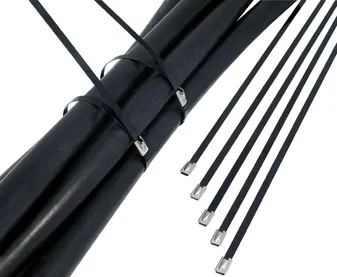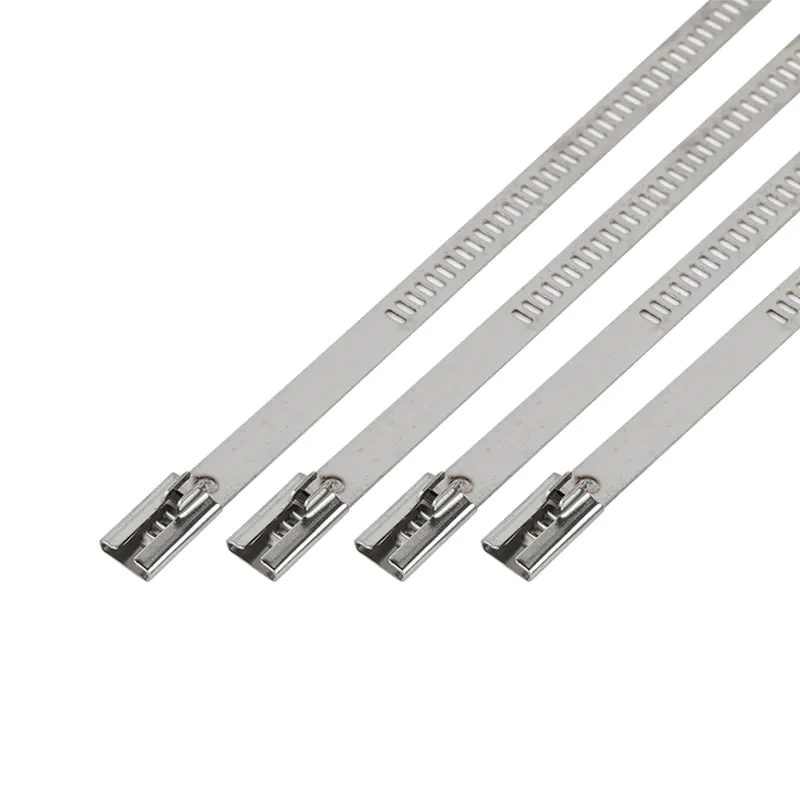Choosing the Right Size Cable Tie
Introduction
Cable ties are essential tools used across industries to secure, organize, and manage cables, pipes, and other components. Choosing the right size cable tie is important to ensure safety, efficiency, and durability in different applications. This guide explains cable tie basics, how to select the right size, and the best options for specific needs.
Cable Tie Basics
Cable tie sizes and dimensions
Cable ties are available in a wide range of sizes, typically measured by length, width, and tensile strength. Standard sizes can range from as small as 4 inches to over 60 inches, making them suitable for both light-duty and heavy-duty use.
Cable tie length and width explained
The length of a cable tie determines the maximum bundle diameter it can secure, while the width impacts its overall strength. Wider ties generally provide greater holding power and are ideal for larger or heavier bundles.
Choosing the Right Size Cable Tie
Small cable ties
Small cable ties, usually between 4–8 inches, are designed for light applications such as securing small wire bundles, organizing cables behind desks, or home DIY projects.
Medium cable ties
Medium cable ties, ranging from 8–14 inches, are versatile and suitable for most general electrical and household applications. They balance flexibility and strength, making them the most commonly used size.
Large cable ties
Large cable ties, 14 inches and above, are built for industrial, outdoor, and heavy-duty tasks. These are often used in construction, automotive, marine, and oil industries where greater strength is required.
Factors to Consider When Selecting Cable Ties
Application type
The intended application plays a key role in size selection. Small ties are ideal for electronics, while large ties are better suited for industrial or outdoor installations.
Strength and load capacity
Each cable tie has a rated tensile strength. Choosing the right width and size ensures the tie can safely handle the expected load.
Environment and material choice
Environmental conditions, such as exposure to sunlight, chemicals, or saltwater, require different materials like stainless steel or UV-resistant nylon.
Best Cable Tie Size for Different Needs
Electrical and wiring
For securing electrical wires, small to medium cable ties are typically the best choice, offering both neat organization and adequate strength.
Industrial and heavy duty
Large cable ties are recommended for heavy-duty applications such as securing machinery components, pipes, or large cable bundles.
Outdoor and marine
For outdoor and marine environments, stainless steel cable ties in longer lengths provide corrosion resistance and durability under extreme conditions.
Conclusion
Selecting the right size cable tie ensures secure, long-lasting, and efficient cable management. From small electronics to heavy-duty industrial use, there is a size designed for every application. For reliable, high-quality cable ties in various sizes, contact us to find the right solution for your needs.
FAQ
What sizes do cable ties come in
Cable ties range from 4 inches to over 60 inches, available in different widths and strengths for light to heavy-duty applications.
How do I know what size cable tie I need
Measure the diameter of your cable bundle and choose a tie long enough to wrap around it with extra length for secure fastening.
What is the strongest cable tie size
Large, wide cable ties, especially stainless steel ones, offer the highest tensile strength for industrial and outdoor use.
Are large cable ties reusable
Most standard cable ties are single-use, but some large cable ties are available with releasable features for reuse.




